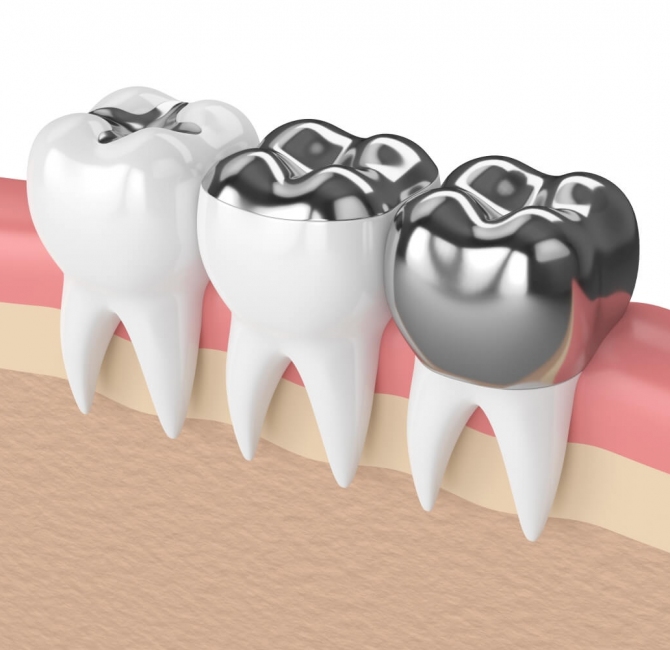Atherosclerotic cardiovascular disease (ASCVD) is a leading cause of disability and death globally. It is well recognized that modifying established ASCVD risk factors reduce ASCVD morbidity and mortality. However, other preventive strategies may also contribute to cardiovascular risk improvements. Periodontal disease (PD) is one of the most prevalent chronic infections. According to the Global Burden of Disease Study (2017), periodontal disease was the 11th most prevalent condition in the world, with a prevalence ranging from 20-50%.
In the last 30 years, evidence has accumulated linking PD to ASCVD via inflammatory and immune-mediated mechanisms. The objective of this narrative review was to summarize the biologic mechanisms and epidemiologic evidence linking poor oral health to ASCVD risk and the role of health inequality.
More than 700 oral microbes populate the oral cavity. Oral dysbiosis, defined as an imbalance in oral flora, may trigger bacteremia and facilitate systemic oral bacteria dissemination. Thus, PD can trigger bacteremia resulting in profound local and systemic inflammatory and immune-mediated responses. Risk factors for PD, including diabetes, obesity, and smoking, are also risk factors for ASCVD thereby confounding the relationship between PD and ASCVD.
Biological mechanisms linking PD to ASCVD include bacterial translocation, inflammatory mechanisms, immune activation, platelet aggregation and thrombosis, and endothelial and other direct vascular effects.
The relationship between PD and ASCVD has important public health implications. Both are highly prevalent and disproportionately affect those with lower socioeconomic status (SES). The link between poor oral health and SES appears to be due to both low public awareness and greater barriers to regular oral healthcare, with low to middle income families most affected.
The study concluded despite the lack of causality, PD and ASCVD are inflammatory diseases that share many common pathophysiological mechanisms and risk factors. However, efforts aimed at improving awareness and prevention of PD as a risk factor for ASCVD should not be delayed while waiting for greater proof. Increased public and provider awareness, and interdisciplinary research and clinical collaborations (related to screening, prevention, and referrals), combined with ongoing oral healthcare policy reforms may greatly reduce the high prevalence of PD and the associated burden of cardiovascular disease.



